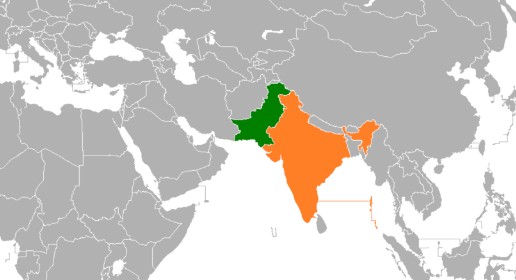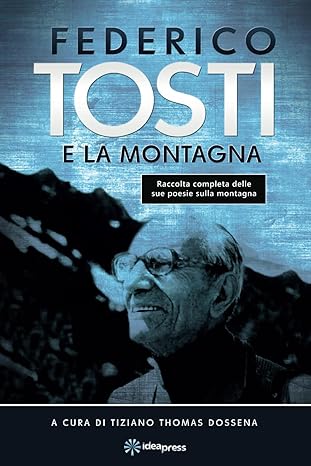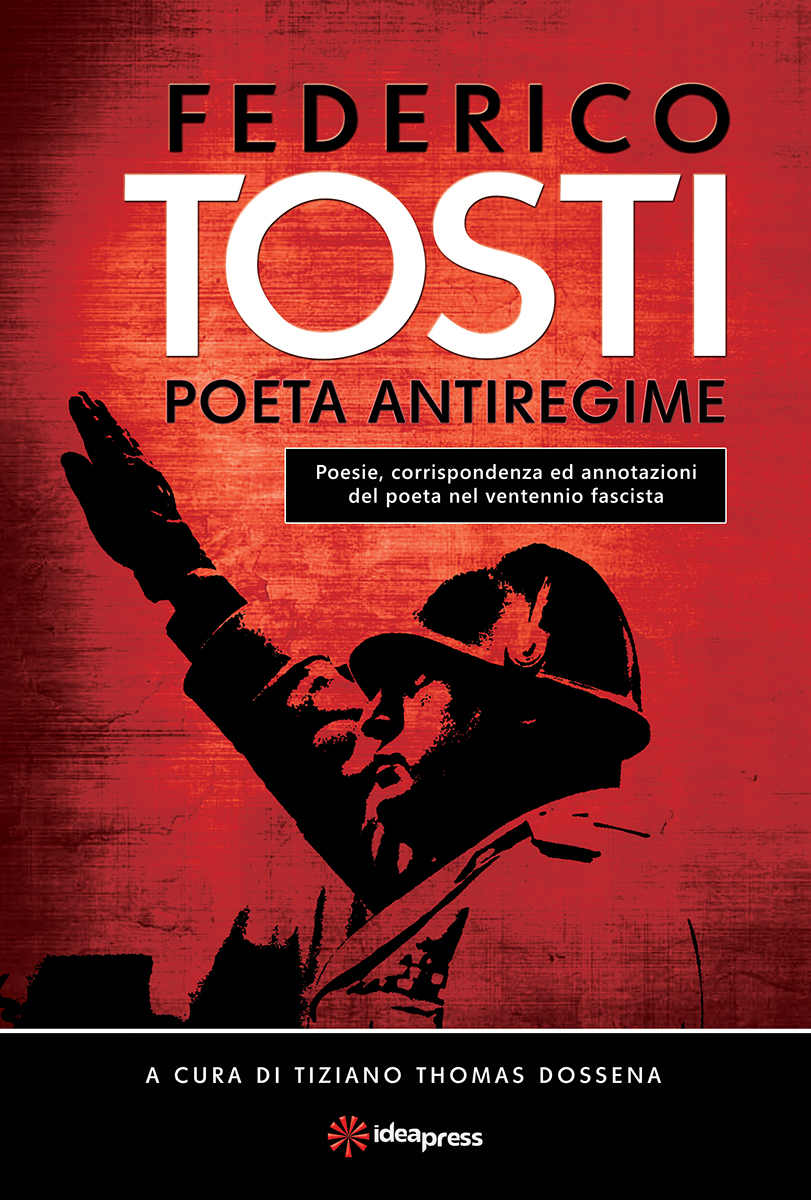by Cristina Di Silvio
Between missiles and retaliation, it’s the civilian population that pays the highest price. The nuclear threat looms. And the world watches, too silently.
Kashmir – Nine airstrikes, at least 31 dead, dozens injured. On the night of May 6–7, India launched a military operation targeting alleged terrorist sites inside Pakistani territory. The strikes followed the April 22 attack in Pahalgam, which left 26 Hindu tourists dead. The response triggered immediate escalation. Pakistan claims to have downed five Indian fighter jets—claims India denies. Once again, the threat of war between two nuclear powers is dangerously real.
But in this renewed spiral of violence, it’s ordinary people who suffer. Families on the run. Children in shock. In a world already burdened by numerous conflicts, this crisis could become another catastrophe in the making.
A Humanitarian Emergency in Silence
The echoes of bombardments reach deep into Kashmir’s remote valleys. Schools are shuttered. Hospitals—underfunded and overstretched—are on the brink of collapse. There’s a critical shortage of medicine, food, clean water, and electricity. NGOs are raising urgent alarms in border areas where government services are limited. “We need humanitarian corridors now, not next week,” says an aid worker with the Red Crescent.
Hundreds of families have reportedly fled their homes. Many are sheltering in abandoned school buildings. Children account for half of the displaced population. As summer begins, humanitarian organizations warn of rapidly deteriorating health and sanitation conditions.
A World in Flames
The India-Pakistan crisis is unfolding against a deeply troubling global backdrop. According to the Uppsala Conflict Data Program, 2023 saw 59 armed conflicts worldwide—the highest number recorded since 1946. At least 9 of these were classified as high-intensity wars, each with over 1,000 deaths. Last year alone, war-related violence claimed more than 170,000 lives, with a sharp rise in attacks on civilians and children.
Despite this, international attention remains weak. In an era of multiple overlapping crises, the India-Pakistan tensions risk being overlooked. But the threat is real: an escalation here could destabilize the entire region—and far beyond.
Only Diplomacy Can Stop the Weapons
The era of military solutions must end. A lasting ceasefire can only be achieved through urgent, direct diplomatic engagement, supported by credible international mediators. What’s needed now is negotiation, not escalation. The courage to talk, not the impulse to retaliate.
Every day without diplomacy brings us closer to a point of no return.
Call to Action: Aid Must Arrive Now
The United Nations, European Union, and Organization of Islamic Cooperation must act decisively and immediately. Not just with statements, but with tangible support. First and foremost, by delivering immediate humanitarian aid: food, medicine, shelter. Then, by applying diplomatic pressure for an immediate ceasefire.
Amid fire and silence, an entire population is waiting for answers. The future of the region—and perhaps the world—depends on the choices made today: diplomacy or destruction. Meanwhile, on the borders of Kashmir, a mother holds her child tightly and prays that the subsequent explosion won’t strike her home. In a world that is burning, it’s time to pour water, not gasoline.
di Cristina Di Silvio
In mezzo a missili e vendette, è la popolazione civile a pagare il prezzo più alto. Cresce il rischio nucleare. E il mondo osserva, troppo silenzioso.
Kashmir – Nove attacchi aerei, almeno 31 vittime, decine di feriti. Nella notte tra il 6 e il 7 maggio, l’India ha colpito presunti obiettivi terroristici in territorio pakistano, in risposta all’attacco del 22 aprile a Pahalgam, dove sono morti 26 turisti hindu. La rappresaglia ha scatenato un’escalation immediata. Il Pakistan rivendica l’abbattimento di cinque caccia indiani. New Delhi nega. Il rischio di una nuova guerra tra due potenze nucleari è più concreto che mai.
Ma in questa nuova fiammata di violenza, c’è chi paga senza combattere: i civili. Le persone comuni. Le famiglie in fuga. I bambini sotto shock. In un mondo già segnato da decine di conflitti, la crisi del subcontinente asiatico potrebbe diventare l’ennesima tragedia annunciata.
Una crisi umanitaria dimenticata
Il fragore dei bombardamenti rimbomba fino alle valli più remote del Kashmir. Le scuole sono chiuse. Gli ospedali, privi di risorse, lavorano in condizioni estreme. Mancano farmaci, generi di prima necessità, persino acqua potabile. E nelle zone di frontiera, dove la presenza dello Stato è debole, sono le ONG a lanciare l’allarme: “Servono corridoi umanitari subito, non tra una settimana”, dichiara un operatore della Mezzaluna Rossa.
Secondo le stime, centinaia di famiglie hanno già lasciato le loro case. Molti si rifugiano in edifici scolastici abbandonati. I bambini rappresentano la metà della popolazione sfollata. Con l’inizio dell’estate, si teme un rapido peggioramento delle condizioni sanitarie.
Il mondo in fiamme
La crisi indo-pakistana si inserisce in uno scenario globale allarmante. Secondo l’Uppsala Conflict Data Program, nel 2023 erano attivi 59 conflitti armati nel mondo, il numero più alto dal 1946. Di questi, almeno 9 sono guerre ad alta intensità, con oltre 1.000 morti ciascuna. L’anno scorso, più di 170.000 persone sono morte a causa di guerre. Una tendenza in crescita, che minaccia sempre più le popolazioni civili, specialmente i gruppi più vulnerabili.
Eppure, l’attenzione internazionale resta bassa. In un’epoca dominata da crisi multiple, la guerra tra India e Pakistan rischia di passare sottotraccia. Ma la minaccia è reale: se il conflitto dovesse estendersi, gli effetti sarebbero devastanti per l’intera regione e per la stabilità globale.
Solo la diplomazia può fermare le armi
Il tempo delle azioni militari deve finire. L’unica possibilità reale per un cessate il fuoco duraturo passa da un dialogo diplomatico urgente, diretto, sostenuto da attori internazionali credibili. Servono negoziatori, non generali. Serve il coraggio di trattare, non la follia della rappresaglia.
Ogni giorno che passa senza una risposta diplomatica è un giorno in cui la guerra può diventare irreversibile.
L’appello: aiuti ora, non dopo
Le Nazioni Unite, l’Unione Europea, l’Organizzazione per la Cooperazione Islamica: tutti devono agire. Non solo con dichiarazioni, ma con atti concreti. Prima di tutto, con aiuti umanitari immediati: cibo, medicinali, rifugi. E poi con pressioni politiche per il cessate il fuoco.
In mezzo a fuoco e silenzio, c’è una popolazione che attende risposte. Il futuro della regione – e forse del mondo – dipende da cosa verrà scelto oggi: la diplomazia, o la distruzione.
Nel frattempo, ai confini del Kashmir, una madre stringe il suo bambino e spera che il prossimo boato non sia sulla sua casa. In un mondo che brucia, è tempo di gettare acqua, non benzina.







